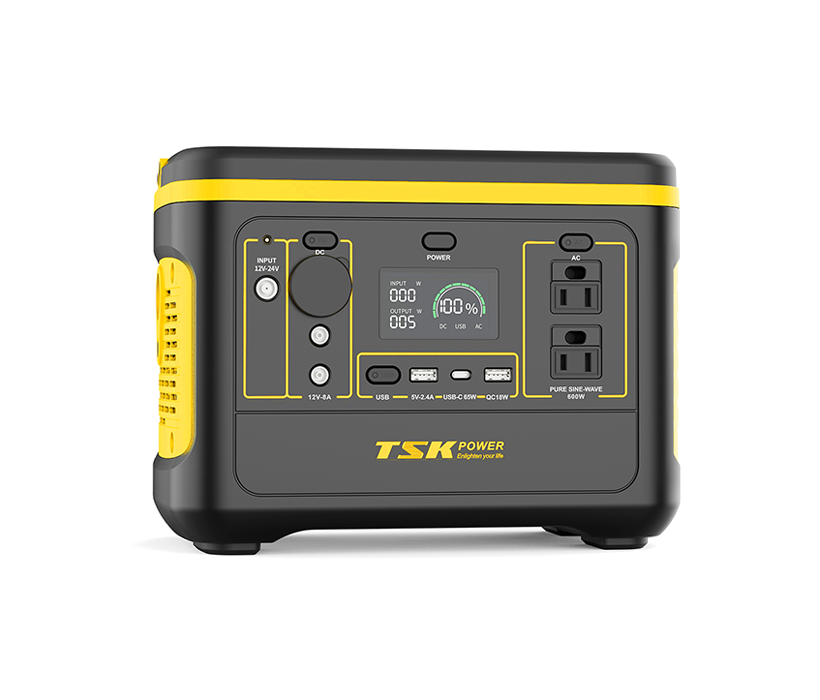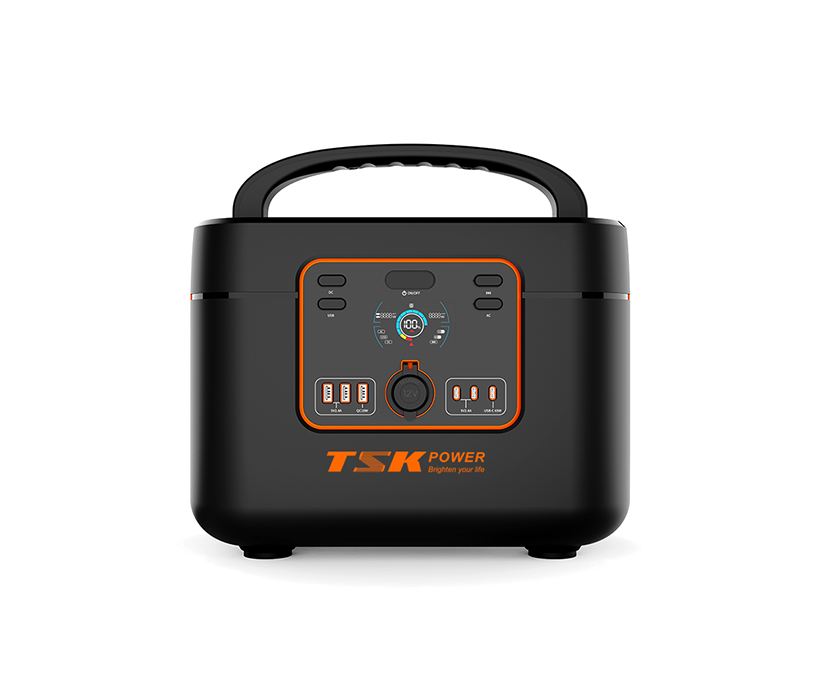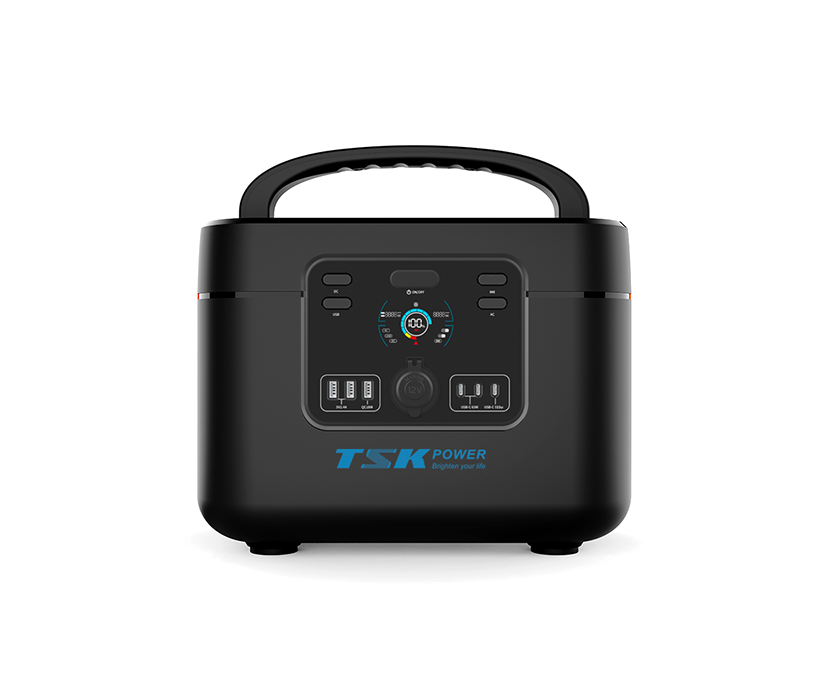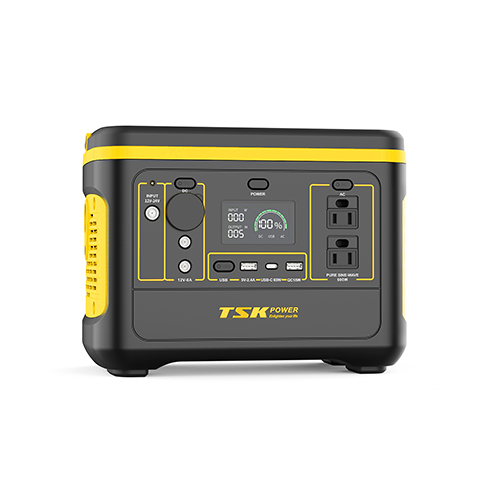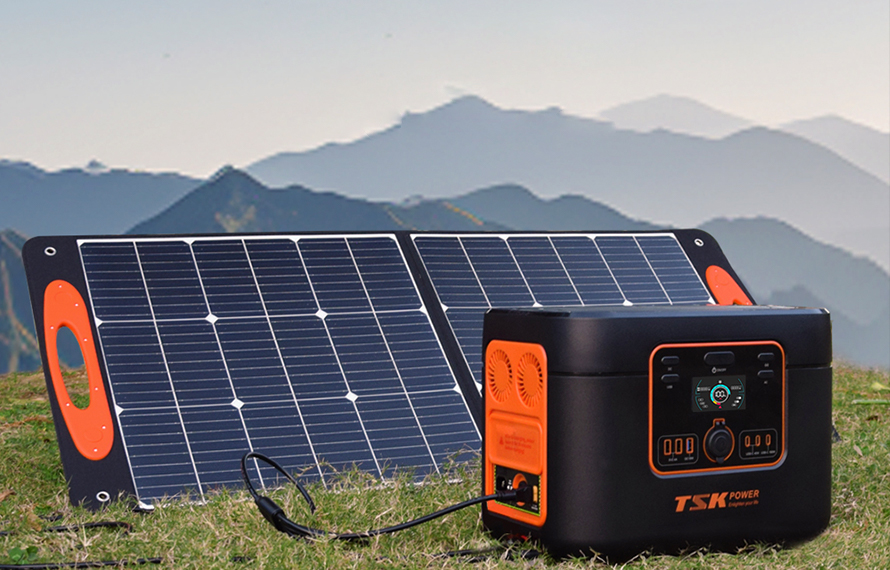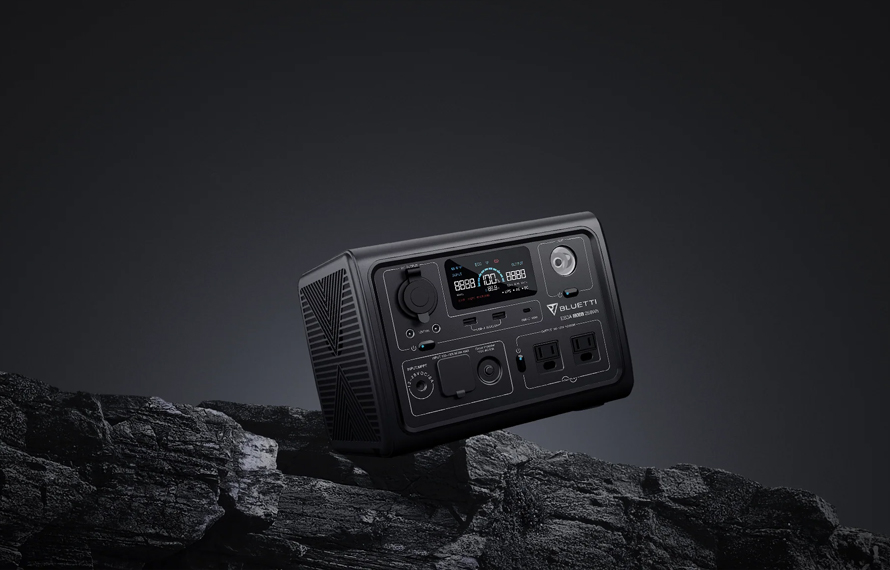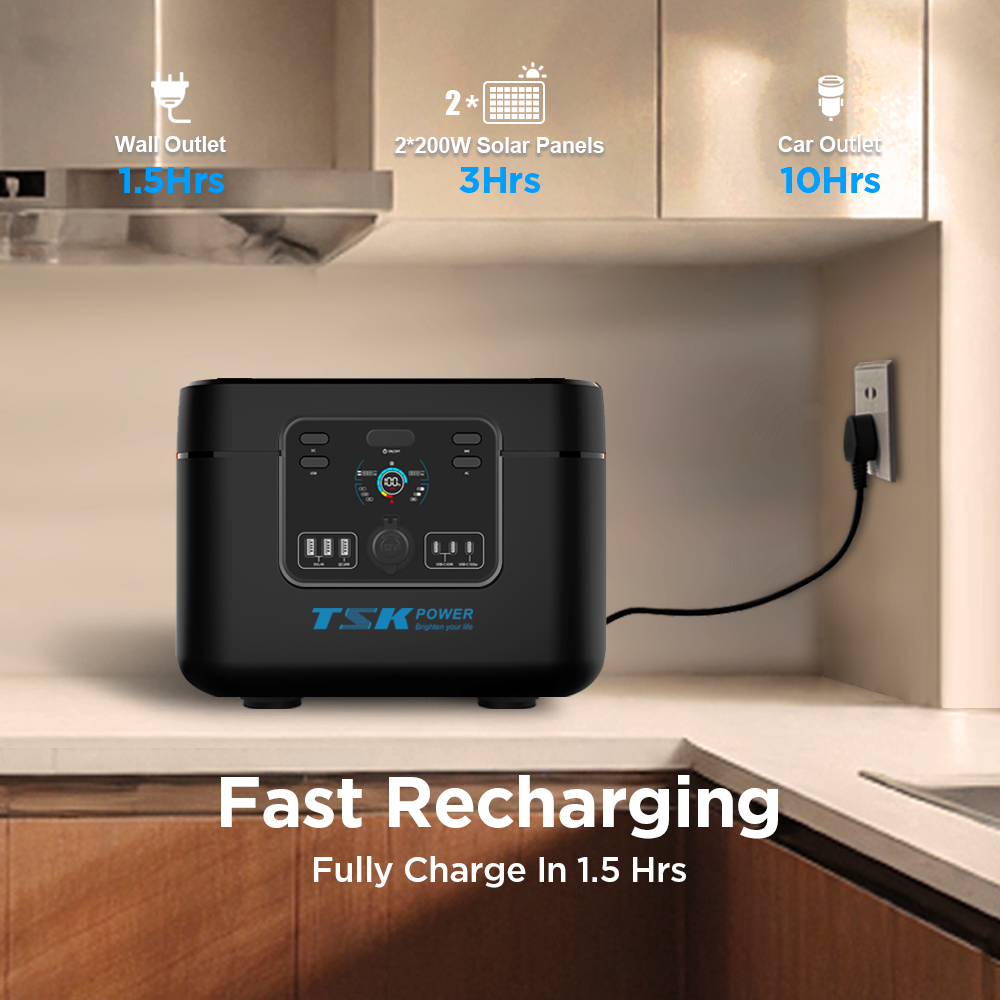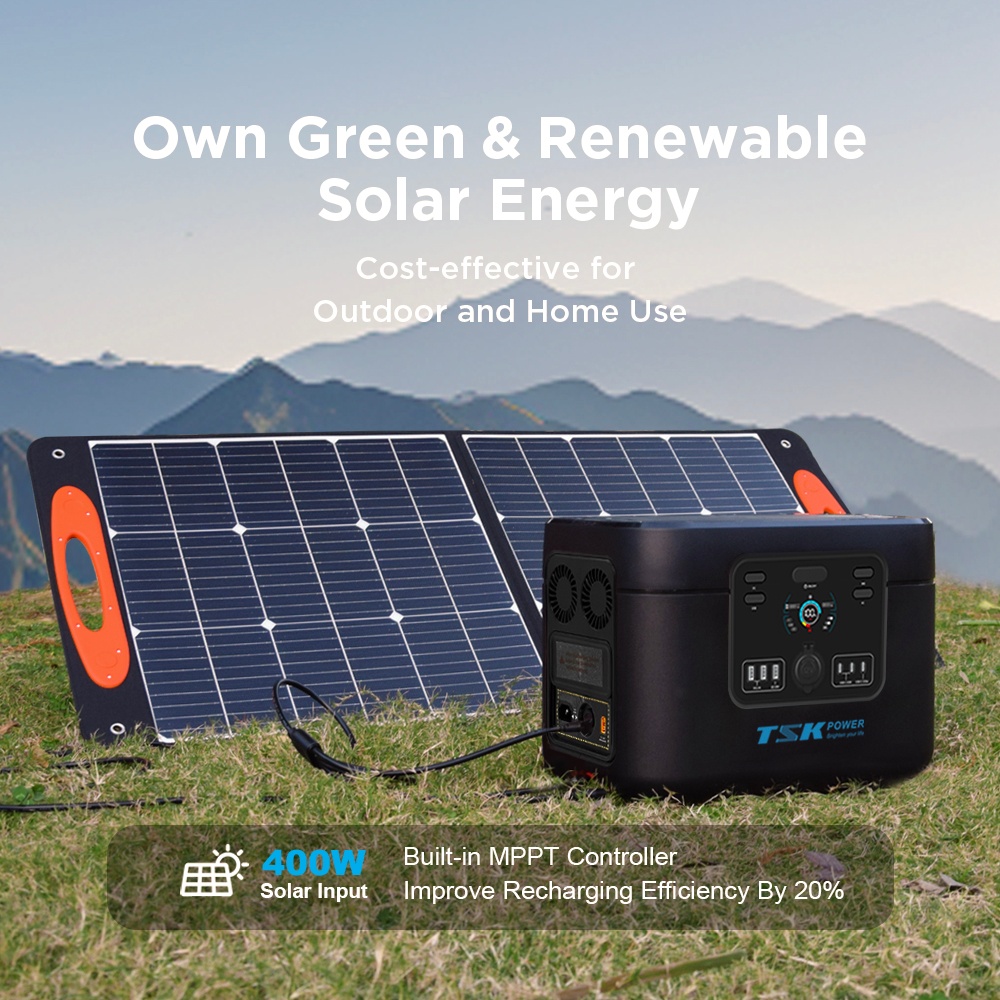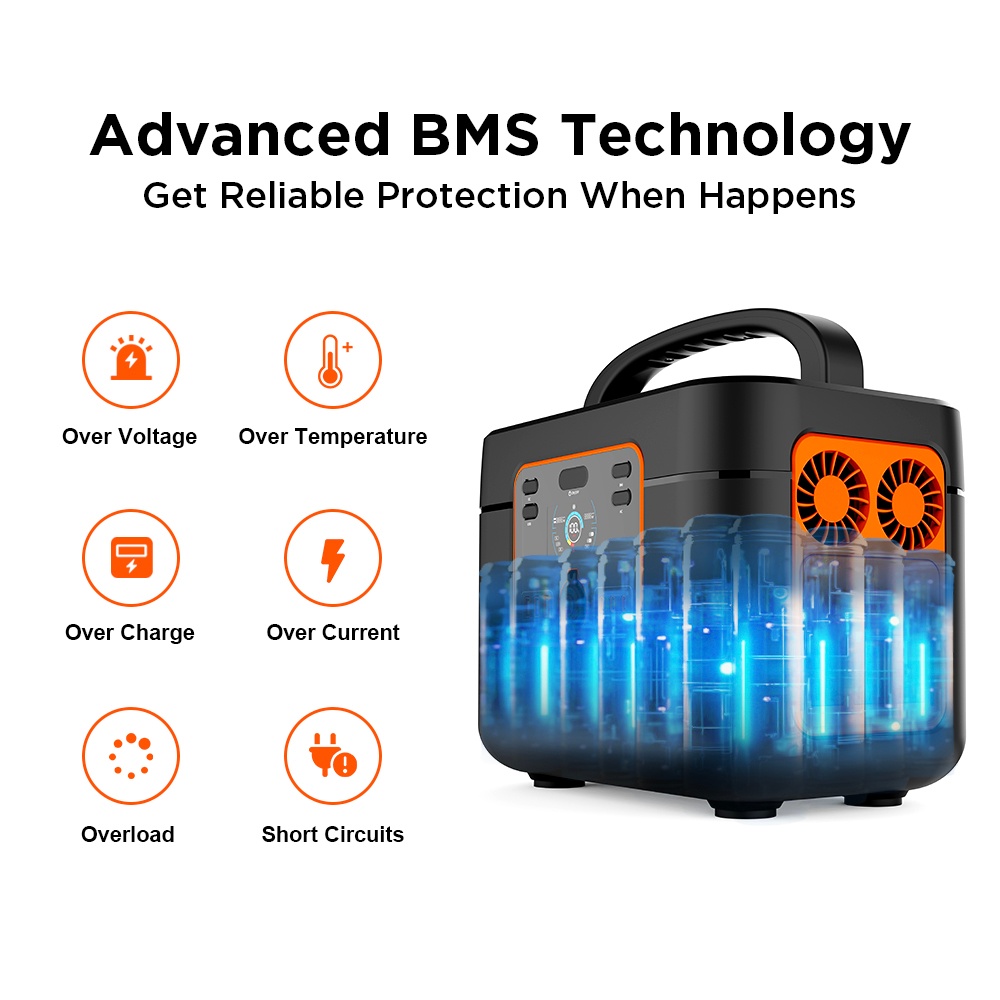
Ah (Ann hours):
reflects the size of the battery capacity, such as 48V 100Ah means that the capacity of the battery is 4.8 KWH.
Nominal voltage and nominal pere hours are the most basic and core concepts of the battery.
Power Wh= power W * h h= voltage V * hours Ah
C (battery discharge C rate):
reflects the battery charge and discharge capacity rate; charge and discharge rate = charge and discharge current / rated capacity.
A measure of the discharge speed. Generally, the capacity of the battery can be detected by different discharge currents.
For example, when a battery with a battery capacity of 100A h is discharged with 15A, its discharge rate is 0.15C.
DOD (Depth of Discharge) discharge depth:
refers to the percentage of the capacity released by the battery to the rated capacity of the battery during its use.
For the same cell, the set DOD depth is inversely proportional to the battery cycle life. When improving one aspect of performance, other aspects of performance are sacrificed. For example, in the case of DOD 80%, the cycle life of lithium battery can reach 6,000 ~ 12,000 times.
SOC (State of charge):
state of charge representing the percentage of battery remaining in the rated capacity.
SOH (State of Health):
The health state of the battery (including capacity, power, internal resistance, etc.) is the ratio of the capacity released by the battery discharged from the full charge state at a certain rate to the cut-off voltage to the corresponding nominal capacity.
To put it simply, the ratio of the performance parameters and the nominal parameters of the battery after a period of use, the new battery is 100% and 0% completely scrapped. According to the IEEE standard, after the battery after a period of use, the capacity of the battery fully charged is less than 80% of the rated capacity, and the battery should be replaced.
three stops:
Three-stage charging generally refers to a charging device divided into three stages. Three-stage charging is an automatic charging process, and constant current, constant pressure and floating charging are the three necessary stages of three-stage charging.
The BMS (Battery Management System)
For battery status monitoring, battery balanced management, battery safety, data communication.
The BMU (Battery Management Unit)
Battery module energy management system Multiple battery management system.
The EMS (Energy Management System)
EMS is mainly used for internal energy control of microgrid to maintain the power balance of microgrid for normal operation; to meet the field energy dispatching requirements of small and medium-sized commercial energy storage systems; and to involve the grid side dispatching.
From the level, BMS is acting on the underlying battery side management, while EMS is acting on the overall scheduling of the micro-grid system.
 2024-08-19
2024-08-19
